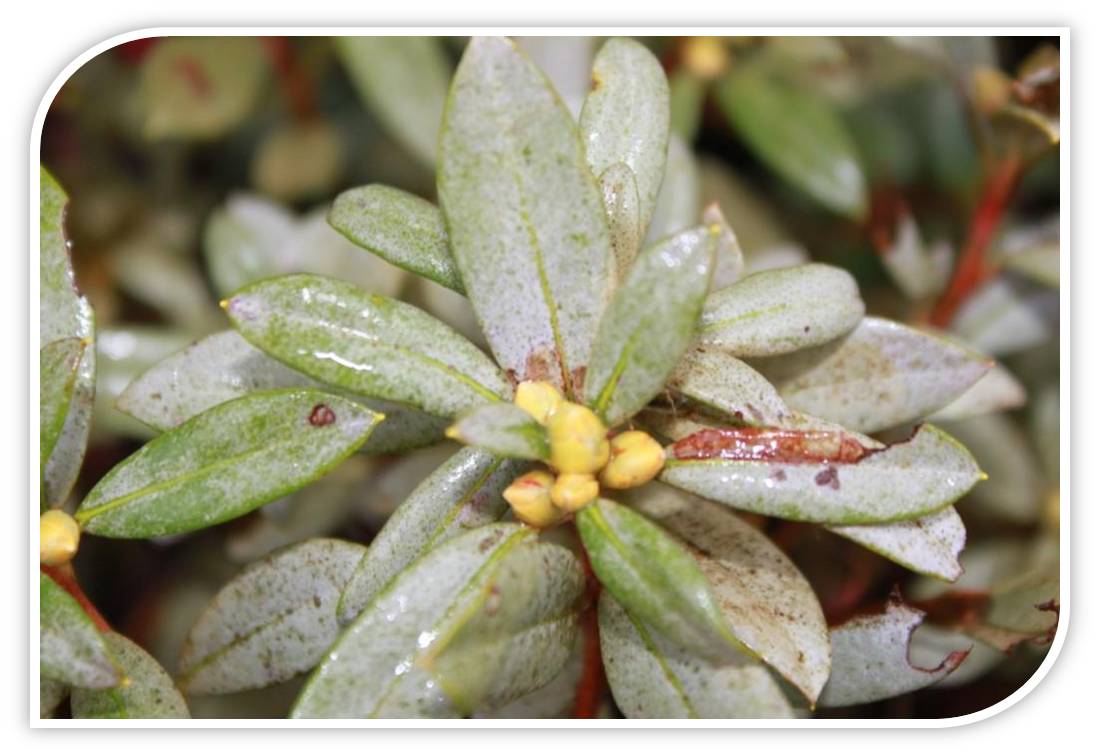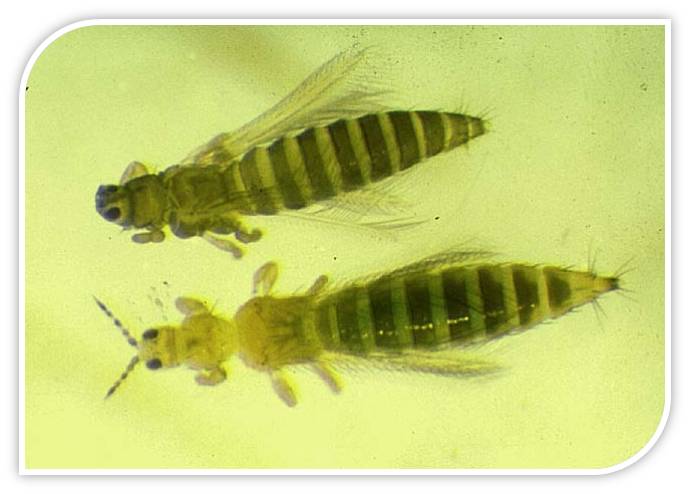Pests and diseases can play havoc in the garden causing all sorts of damage. From unsightly foliage to poor growth and low fruit yields these infections can be real issues. We hope this page will help solve many of your garden problems, so check back regularly to see what has been added or updated.
Check out the disease page here... | Download a print friendly (PDF) version here..
Aphids
ometimes called plant lice, black fly or white fly, Aphids are small sap sucking insects that are found on some of the most common garden plants including roses, tomatoes and many fleshy perennials.
There are over 4000 species of Aphids which have soft bodies that are green, black, brown or even pink in colour. They feed on the sap of the host plant and can transmit plant viruses which can be fatal to the host. Plants exhibiting aphid damage can have a variety of symptoms, such as decreased growth rates, mottled leaves, yellowing, stunted growth, curled leaves, browning and low yields.
As an interesting side note, some species of ants "farm" aphids, protecting them in order to feed on the honeydew that the aphids release.
Control
here are many insecticides that will control Aphids and a rose spray is a good all purpose choice. Make sure you spray the underside of the leaves as this is where they often live. Non-chemical control can be achieved by using a high pressure blast from the hose or with detergent mixed with water and sprayed on. Cold weather and particularly frost will knock back the population.
Other biological measures involve using natural predators such as ladybirds, which can eat 50-60 aphids per day, and lacewings. Planting ‘smelly’ plants such as Marigold, catnip, mint and Lemon Geranium can help repel aphid infestations.


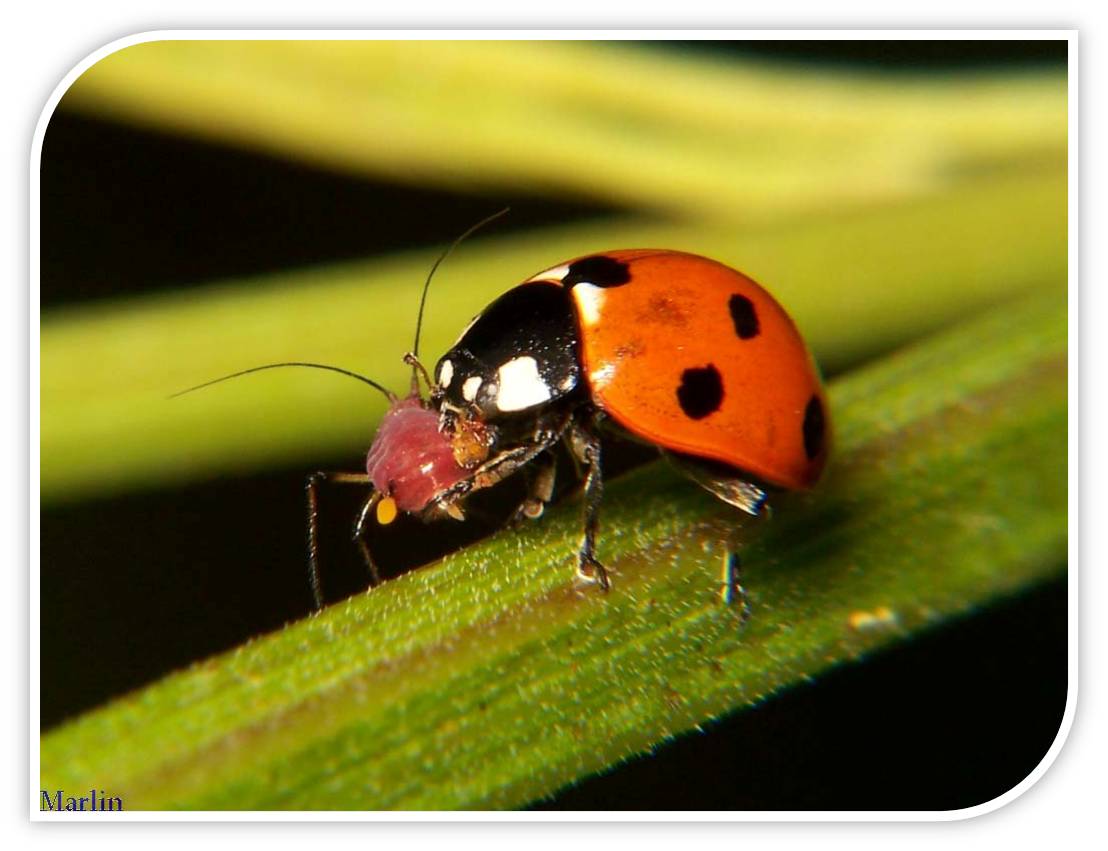
Cabbage White Butterfly – Pieris rapae
n import from Europe and America, this commonly seen butterfly lays its egg on a range of food sources but severely affects the brassica family which includes Broccoli, cauliflower, cabbage etc.
You will often see the butterflies flittering around the garden from spring until summer but the damage isn’t noticeable until the caterpillars start munching their way through the leaves, leaving large holes everywhere.
The butterfly is creamy-white and has distinctive spots on their leaves. The females have two spots on the upper wings while the males only have one. The caterpillar is a dull green and is covered in fine hairs that give it a furry or velvety look; this helps them blend into the plants foliage.
Control
The best methods of control are either an application of Derris Dust, especially on the underside of the leaves. Unfortunately as soon as it rains you need another dusting. Or you can manually pick them off and squash or drown them. Make sure to check under the leaves and in the folds of the stems.

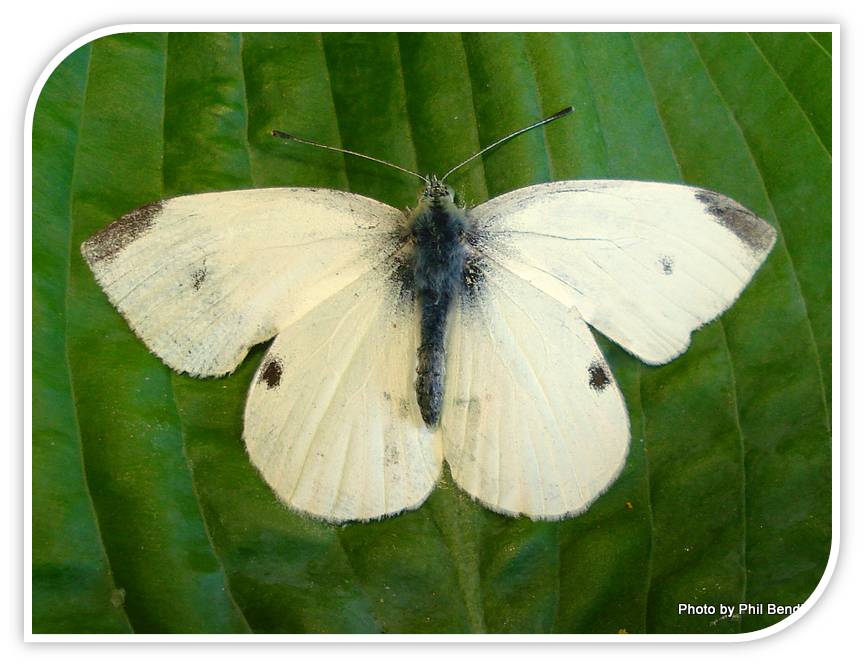
Cordyline Caterpillar - Epiphryne verriculata
his native caterpillar is wide spread throughout the country and feeds on Cabbage trees wherever they are located. The looper caterpillars live inside the curled new leaves and come out at night to eat the soft new growth. Younger caterpillars graze the leaf surface leaving scrape lines while older caterpillars eat notches out of the side of the leaf. This damage isn’t life threatening to the host but it is unsightly and will remain until the leaves drop off with old age.
Control
parasitic wasp and fly are known to prey on the caterpillar but the best method for control is by spraying with a suitable insecticide. It is important to spray into the folds of the crown and let the spray drip down the leaves. Other non-chemical controls include squeezing the leaves to squash the caterpillar or even using warm soapy water to drown them.
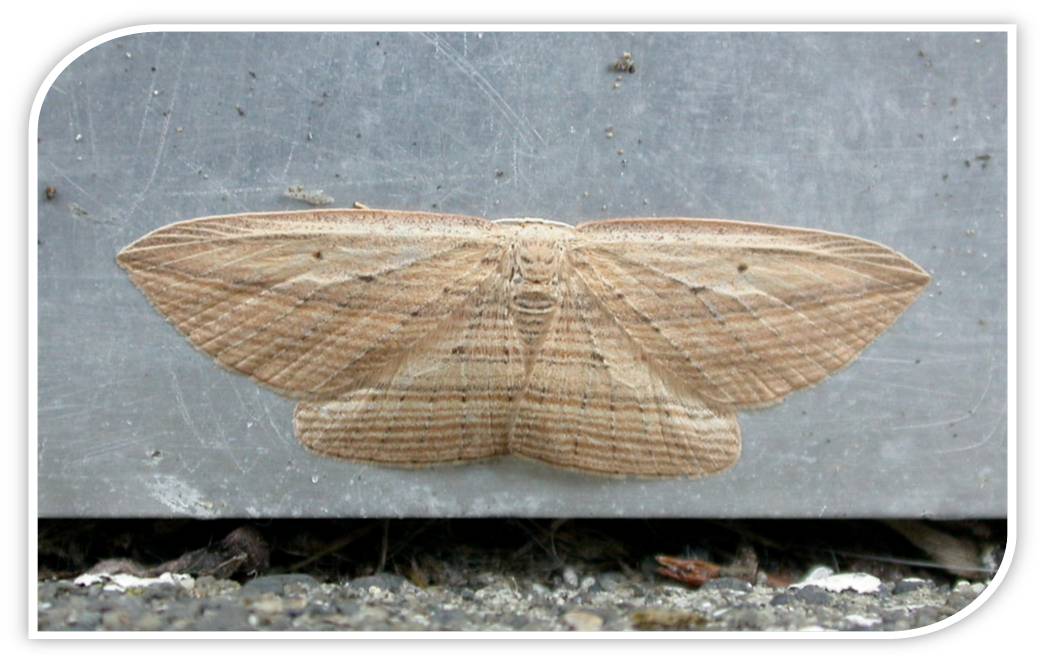
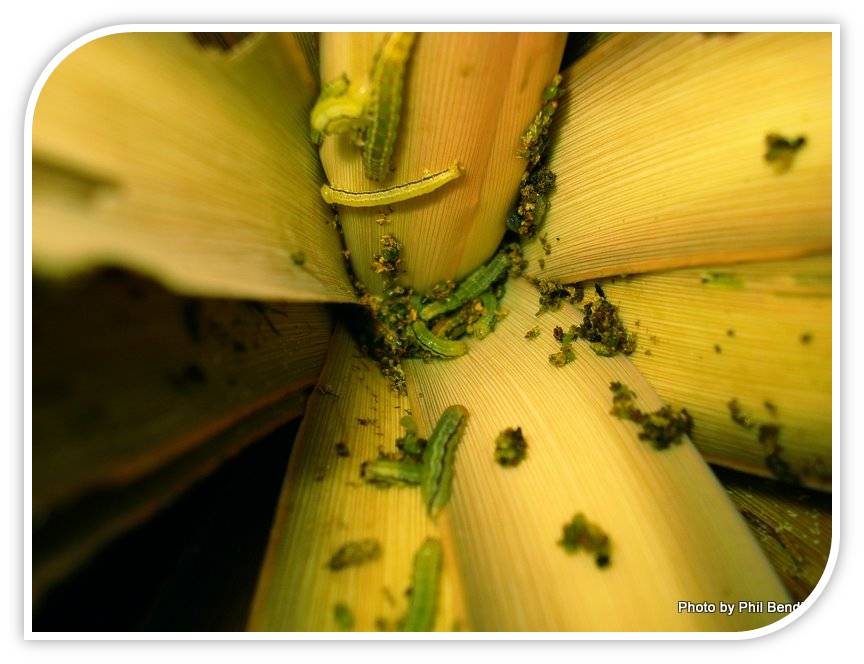
Pittosporum Psyllid -Trioza vitreoradiata
here are many species of psyllid in New Zealand which look similar; however this species feeds only on Pittosporums. When the nymph feed on young leaves they form a leaf gall or ‘dimple’ which is very unsightly. The juvenile insect is flat backed and sits flushed with the leaf. Most species of Pittosporum are affected but some more so than others. The native Karo, Pittosporum crassifolium is affected the worst and leaves can become heavily distorted with yellow patches. In addition when Psyllid feed they excrete honeydew, which is excess water and sugars. This provides a breeding ground for black sooty mould to develop.
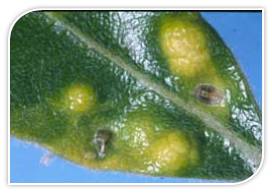
Control
ou can remove any affected growth with a light trim, which give the added benefit of keeping the plant in shape. Prune in mid-summer when new growth can harden quickly. A broad spectrum insecticide will also provide control but make sure you spray both sides of the leaves. Remember that spraying will control the bug but not the existing damage; this will need to be pruned off. Spiders, lacewings, and ladybirds including the steely blue and two spotted species feed on adult and juvenile psyllid. There is also a parasitic wasp which is very common in Auckland and provides control in autumn.
Thrips
hrips are tiny, slender insects with fringed wings .There are over 5000 species of Thrips and most are only 1mm long. Thrips are classed as ’suckers’ and this process causes the host plant to show signs of silvering or browning. They are particularly prevalent in acid liking plants such as Camellias, Rhododendrons, Viburnum, Pieris and Photinia.
Control
Because they are so small and have a high rate of reproduction, the best control method is to use a suitable insectide. To be effective it is important to spray the underside of the leaf.
While most Thrips are a problem in the garden there is one species that feeds on gorse. Imported from England in 1989 and are slowly establishing themselves around the country. Overseas studies have shown Thrips have had an effect on seedling growth and survival. More info..

